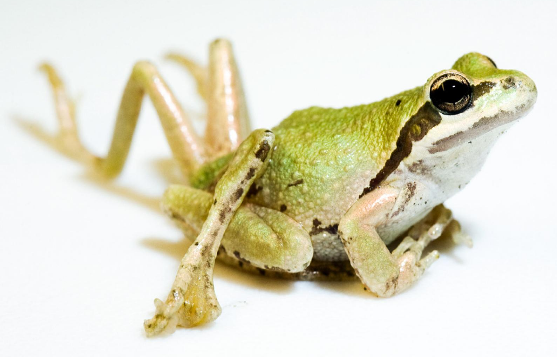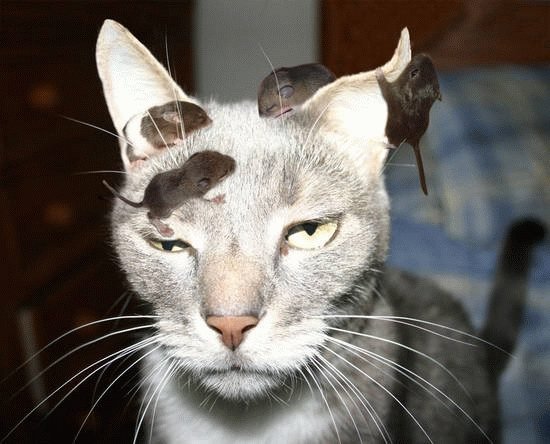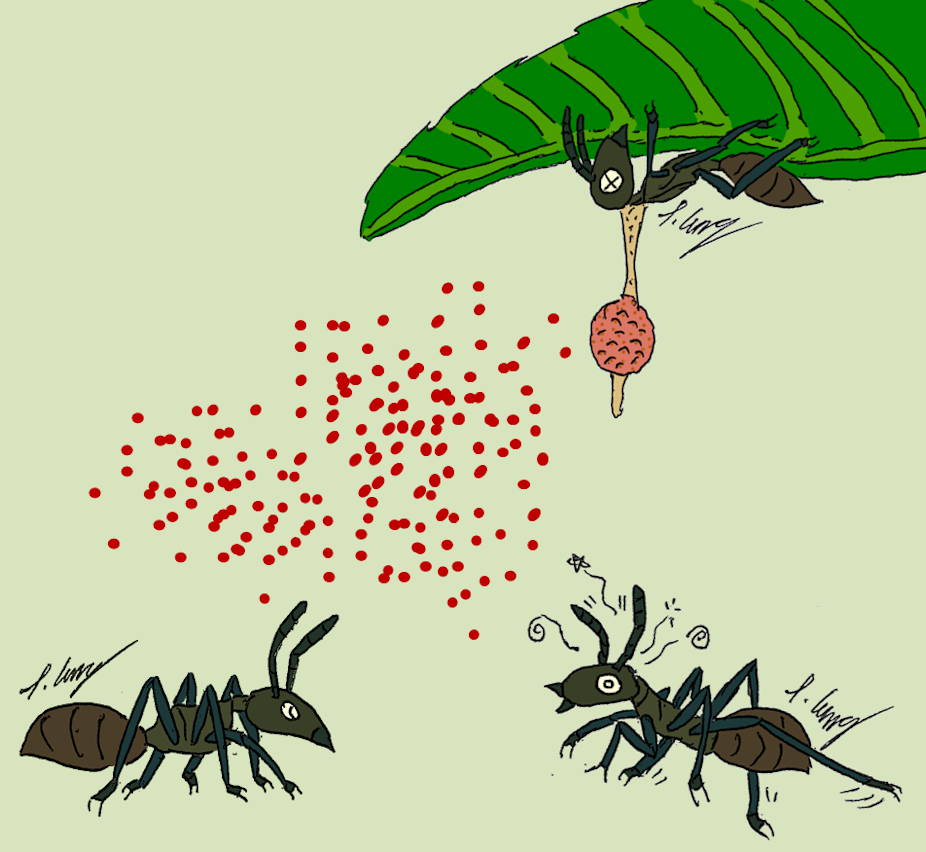Ribeiroia have a complex life cycle, summarised below.
In the second stage, they infect fish or amphibia: if on amphibia, it’s along their limb buds. This very often leads to additional limbs growing out of the frog or toad, increasing mortality and making it easier for birds and mammals to catch the amphibian (thus accelerating the process of getting the Riberioia to adult stage).

https://en.wikipedia.org/wiki/Ribeiroia
Ribeiroia ondatrae has an indirect complex life cycle. The adult worms live inside predatory birds or mammals (the definitive hosts), wherein they reproduce sexually if other worms are present. Mature adults release eggs into the host’s intestinal tract, which are passed with the feces of the host, and to develop need to end up in water. The eggs typically develop in 2–3 weeks, but the time varies depending on water temperature. Eggs hatch into miracidia, a ciliated free-living parasite stage, which infect the first intermediate host, ram’s horn snails in the family Planorbidae, colonizing the snail’s reproductive tissue and eventually forming rediae, a slow-moving worm-like parasite stage. The rediae reproduce asexually, castrating the snail as they feed on its reproductive tissue. The infection becomes mature in about six weeks, when the rediae within the snail begin to release a second free-swimming stage called cercariae. The key identifying characteristic of Ribeiroia ondatrae cercariae is the bifurcated esophagus (although this trait can occur in some closely related genera such as Cladocystis trifolium). Cercariae infect amphibians or fish (the second intermediate hosts) wherein they encyst in (with amphibians) the limb buds or (with fish) along the lateral line and scales of the head, body and gills. Encysted cercariae become metacercariae, a dormant parasite stage with a thin outer membrane. Metacercariae resemble cercariae without their tails and do not reproduce. The definitive hosts (birds and mammals) become infected when they consume an amphibian or fish that has encysted metacercariae. The life cycle is completed when the metacercariae emerge from their cyst and attach to the definitive host’s intestinal tract and develop into adults, typically in the proventriculus of birds and the stomach of mammals
https://news.nationalgeographic.com/news/2011/08/110802-frogs-deformed-parasites-animals-environment-mutants/

